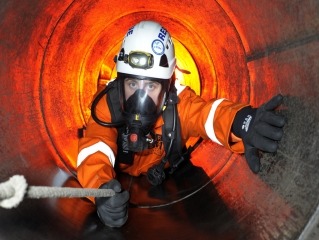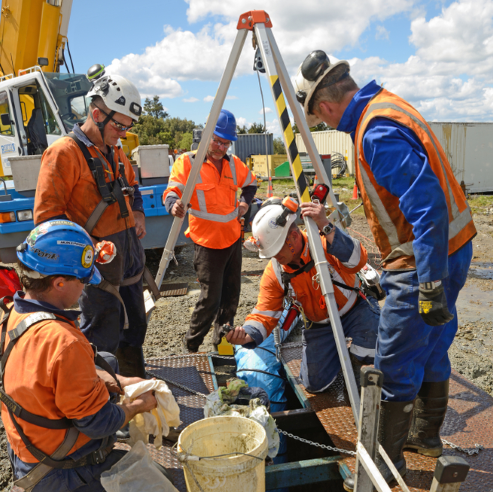There are considerable differences between the equipment requirements for sport and Confined Space applications, it is valuable to have a clear understanding of why some devices are best applied to one situation, however never ever applied to another one.

Two of the most significant distinctions in between rock climbing and confined space equipment is related to the harness and the deceleration gadget. Work environment fall defense harnesses are complete body harnesses that have a dorsal and/or sternal D-Ring accessory area. The D-Rings are put in those areas since workers normally have vertical falls and positioning them in a harness with an anchorage connection in that location keeps the worker upright. However, a rock climbing harness only goes around the waist and legs. This style of harness is preferred for climbers due to the fact that they might fall at a variety of different angles. If a climber were to fall from any angle while using a full body harness, studies carried out by the UIAA have proven that a complete body harness would put the climber at a higher risk for neck and spine injuries. So, to decrease the effect of fall arrest on a climber's body, the UIAA established that waist harnesses are more secure for rock climber usage. Keep in mind, per OSHA and ANSI Z359- never ever use a body belt in a fall arrest application. Body belts are appropriate for fall restraint only. See ANSI Z359 for additional information.

Although the basic principles behind fall protection during a sport and safety equipment used to enter a confined space may seem similar, there are always going to be exceptions to rules. Always assess your situation before putting yourself at a dangerous height or a confined space. And keep in mind, if you're uncertain what security devices to utilize, ask somebody who knows. It is safer to have a safety professional assess the situation.
 Add Row
Add Row  Add
Add 




Write A Comment